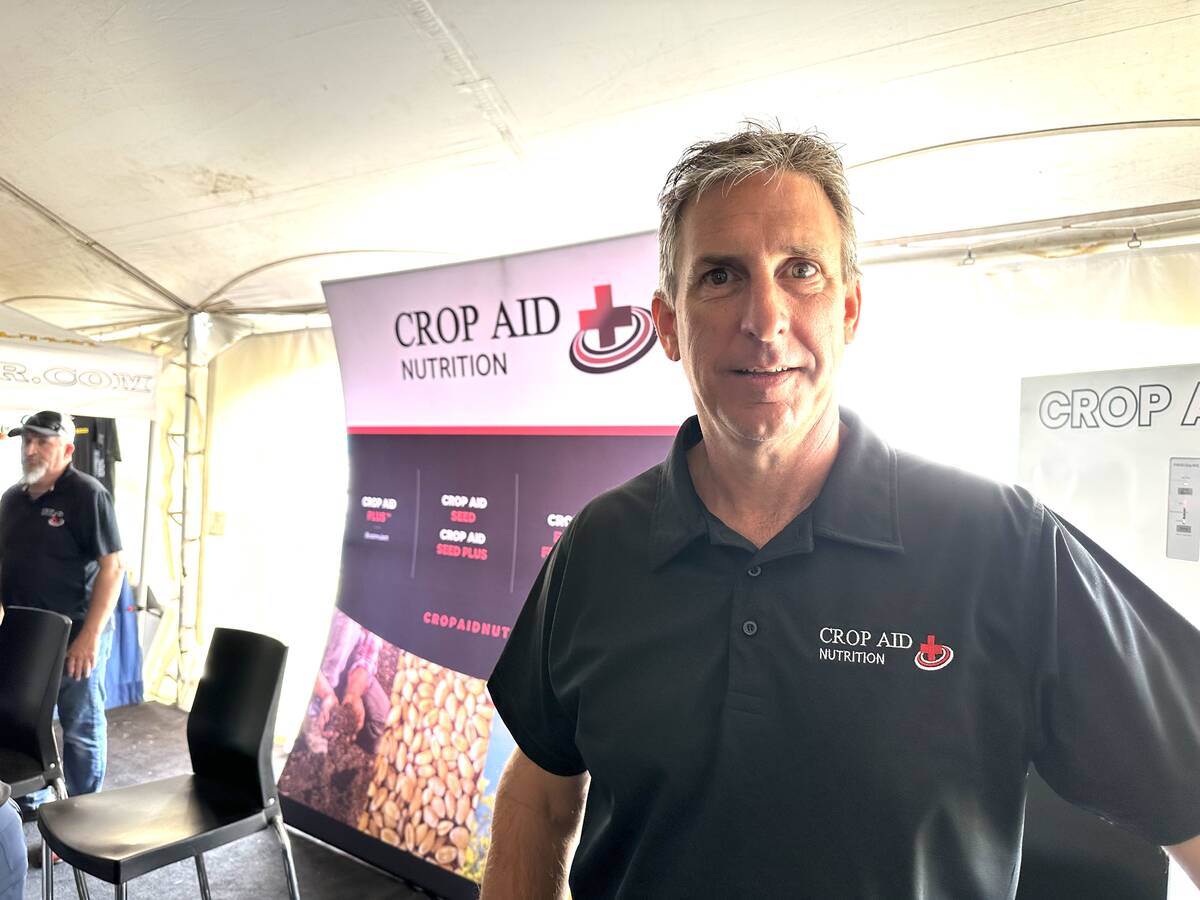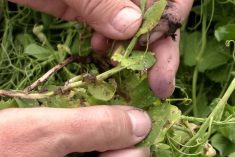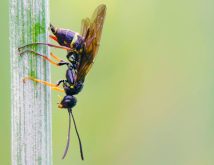There are a few good reasons to put some real effort into field scouting this coming season.
Crop growth and development, particularly with wild weather, can be much different than “normal.” And knowing what pests are out there or not out there, or the degree of severity if they are out there, makes for much better informed crop input decisions, especially when the price of products is climbing through the roof.
That’s the take-home message from Sheri Strydhorst, an agronomy research scientist with the Alberta Wheat and Barley Commission, as farmers head into the 2022 growing season.
Read Also

New soil treatment targets saline patches in fields
Crop Aid SS is a Saskatchewan-made spray that’s intended to help farmers manage saline soils by leaching salts away from the root zone.
“Field scouting is always important, but it just seems to be more important as farmers face an increasing number of variables,” says Strydhorst. And her comments are influenced by experience. Strydhorst is a research scientist, extension specialist and co-ordinator of the Alberta Regional Variety Trial program for the Alberta Wheat and Barley Commission and she and her husband, Shane, also operate a grain, oilseed and pulse crop farm at Neerlandia, Alta., north of Edmonton.
Strydhorst says farmers need to be prepared for a range of growing-season weather extremes — too wet, too dry, too cool or too hot — and there can be a combination of those conditions in the same year. “Those weather variables can affect not only crop growth, but also weed growth and the severity of crop insect pests and disease,” she says. “Crop staging or weed problems farmers might expect to be normal may not be normal anymore.”
At the same time, proper field scouting is going to reveal to producers what is or is not out there, and that will be important with dramatic price increases in seemingly all crop inputs. It’s essential to be as efficient with product application as possible, not only to reduce costs, but to perhaps, even, stretch a limited supply of a product to where it will do the most good.
“If you have a good handle of what’s actually out there in the field, you can make a better decision about what treatments need to be applied — and if a whole field isn’t affected, perhaps spot spraying will be sufficient,” she says.
Cover it the best you can
As farmers crop more acres, it becomes a challenge to scout every one on a timely basis during the growing season.
Strydhorst says, ideally, farmers should check crops once per week, but once every two weeks is perhaps a more realistic goal. “If you have five quarters of wheat, for example, and it is all grown on a fairly uniform soil type with fields in close proximity, some farmers might decide to check one quarter quite carefully and then apply that scouting to all of their wheat,” she says.
“But you don’t want to get lazy about field scouting. As soon as you do, there is bound to be some problem that gets missed and conditions can often change within a week. Scouting involves a lot of steps, but if done properly it can help the producer make informed decisions about any in-crop treatments that may be needed.”

With more acres, more producers are also contracting agronomic and field-scouting services to help them check fields on a timely basis.
And newer technologies — such as in-crop, growing-season satellite imagery, or using camera-equipped drones to fly over fields providing an eye in the sky — are useful tools, but not a replacement for field scouting.
“Nothing replaces boots in the field,” says Strydhorst. “Aerial imagery can help identify areas of a field where there is something different — some variability — but it’s important to follow that up with a first-hand look at the crop to determine what is causing that variability.”
What to look for above, on and below ground
Scouting should be done as soon as the crops emerge and then throughout the growing season. “You’re looking for normal versus not normal plants,” she says. “And you need to be looking at what’s happening above the ground, as well as at ground level and also below the ground.” During field scouting, look for all types of symptoms, make notes on what you see, and make some analysis of what might be causing the symptoms.
In checking a field, for example, look for spotty, browning or stunted growth. Also check for thin stands, if the crop is lodged or if there is a difference in the crop due to topography.
Look for leaf symptoms as well, such as unusual colour, rolled leaves, signs of chewing and spotted leaves, for example.

During the flowering and fruiting period, look for symptoms such as wilted or deformed flowers and delayed development or aborted flowers, for example. Check for broken or shortened stems, abnormal tillers, or signs of rot or other damage.
Dig out or pull a few plants to look at the roots for signs of disease, abnormal shapes, rot or chewing activity by pests.
“And what are you seeing on the soil surface?” says Strydhorst. “In canola, for example, if conditions are favourable, you might see the spore-producing fungi related to sclerotinia on the soil surface, or in a cereal crop you might see grain kernels on the ground. It’s probably pretty obvious but crop shelling out is probably telling you it’s time to start combining.”
Strydhorst says some of the variability or issues farmers will see in their crops might be seasonal such as symptoms during flowering, which happen during a specific growing-season period, whereas some infections or damage to roots could appear almost any time during the growing season.
There isn’t much that can be done about weather-related crop damage such as heat blast or hail, but it is important to identify it and make notes accordingly.

Farmers should do their best to learn the basics of plant physiology and identify crop growth stages. “It is one of those things that improves with practice,” says Strydhorst, referring to identifying growth stages. “It is important to know crop growth stages when applying crop protection products.
“When planning to use plant growth regulators, for example, it is important to identify crop staging so products can be applied at the proper time,” she says. “And, of course, one of the challenges is there can be variable crop maturity across the field. How or when do you apply the product at a time when the majority of the field is at the proper growth stage?”
Strydhorst says field scouting reduces the risk of assuming too much. “Particularly, as we see more extreme weather conditions, just don’t assume there is a certain weed mix on the farm, or it’s time to spray for a particular insect pest or disease, because depending on the year they may or may not be there. It is worthwhile to do the best job of field scouting as possible, not only to optimize the performance of the crop but also to make the most efficient use of inputs.”
















